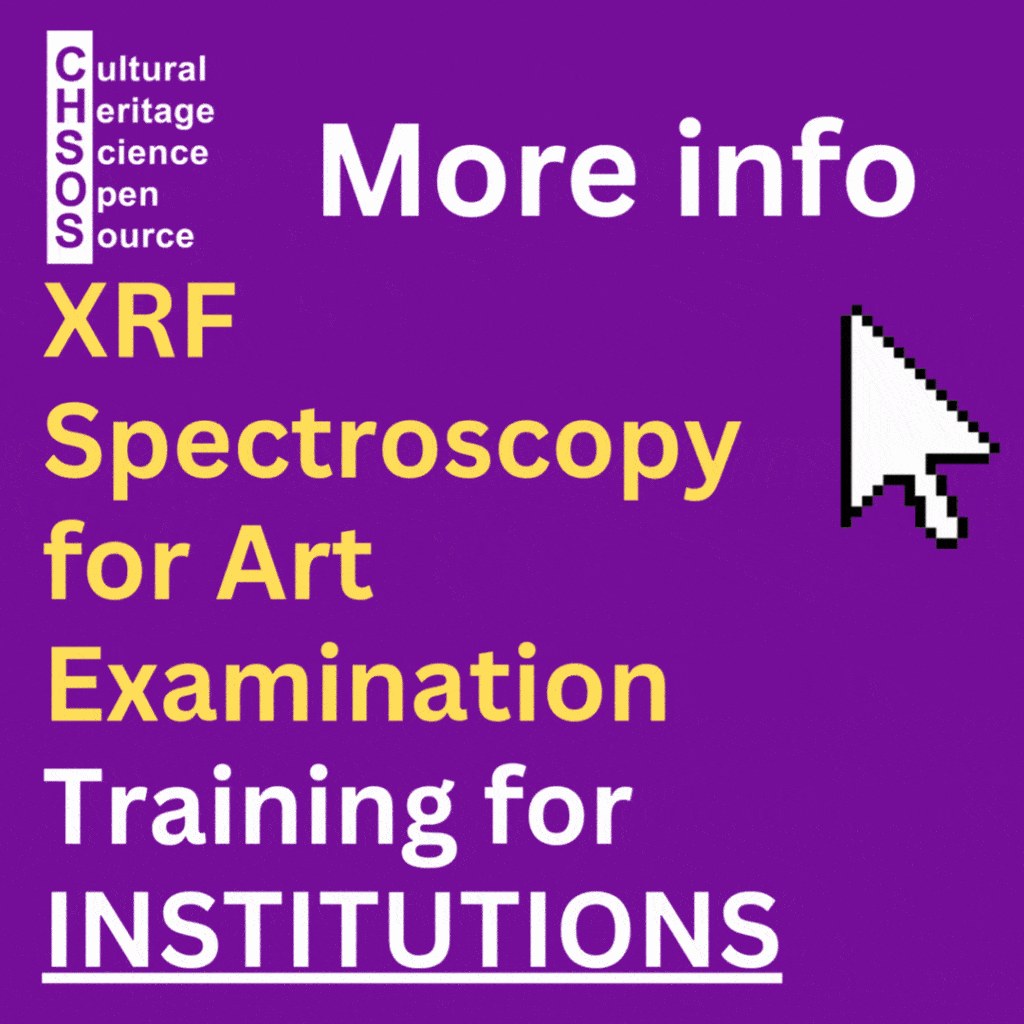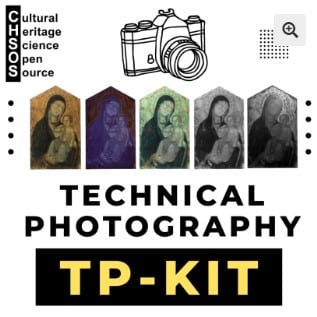
Cultural Heritage Science Open Source – CHSOS
Learn Practical methods for the Scientific Examination of Fine Arts, Historical and Archaeological objects.
We serve an International community of art collectors, art professionals, art historians, archaeologists, appraisers, museums, and cultural institutions.
What is Scientific Examination of Fine Arts and Archaeology?
At its core, the scientific examination of fine arts and archaeological objects involves the application of advanced imaging, analytical, and material characterization techniques. Specifically, these methods help us better understand their composition, authenticity, condition, and history. As a result, this interdisciplinary field combines chemistry, physics, materials science, and art history. Ultimately, the goal is to reveal hidden details, support conservation efforts, and aid scholarly research. For this reason, the discipline is also referred to as Art Conservation Science or Technical Art Examination.
Consequently, several laboratories around the world provide cutting-edge scientific services to museums, collectors, and researchers. Among them, here are five of the most important labs. Each of these institutions is internationally recognized for its work in the field of Scientific Examination of Art:
Getty Conservation Institute (GCI) – USA
Offers pioneering research and scientific examination of art for conservation worldwide, focusing on innovation and collaboration.
The British Museum – Scientific Research Department – UK
Conducts materials analysis and dating on the museum’s vast collection, contributing to archaeology and art history research.
Scientific Research Department – The Metropolitan Museum of Art, New York, USA
The Met’s Scientific Research team applies a wide range of analytical techniques to study the museum’s collection.
C2RMF (Centre de Recherche et de Restauration des Musées de France) – France
Based at the Louvre, this center specializes in advanced scientific examination of art and restoration for France’s national collections.
Rijksmuseum – Science Department – Netherlands
Conducts interdisciplinary studies combining imaging, analytical chemistry, and art conservation science on Dutch and European art.









